Markets Rebound as Rate-Cut Expectations Shift and Global Currencies React to Economic Signals | Weekly Market Analysis

Key events this week:
Monday, November 17, 2025
- Japan - GDP (QoQ) (Q3)
Wednesday, November 19, 2025
- UK - CPI (YoY) (Oct)
- Eurozone - CPI (YoY) (Oct)
- USA - Crude Oil Inventories
- USA - FOMC Meeting Minutes
Thursday, November 20, 2025
- USA - Average Hourly Earnings (MoM) (Sep)
- USA - Nonfarm Payrolls (Sep)
- USA - Philadelphia Fed Manufacturing Index (Nov)
- USA - Unemployment Rate (Sep)
- USA - Existing Home Sales (Oct)
Friday, November 21, 2025
- USA - S&P Global Manufacturing PMI (Nov)
- USA - S&P Global Services PMI (Nov)
Friday’s U.S. trading session closed with far less drama than it began, as buyers stepped back into the market and helped major indexes recover from their early slump. The S&P 500 still ended the day slightly in the red, but the afternoon rebound eased the sting, with tech stocks once again acting as the stabilizing force. The Dow Jones Industrial Average slipped about 309 points, or roughly 0.7%, the S&P 500 dipped just 0.1%, and the NASDAQ managed to squeeze out a 0.1% gain — an impressive turnaround considering the morning weakness that had investors bracing for a steeper drop.
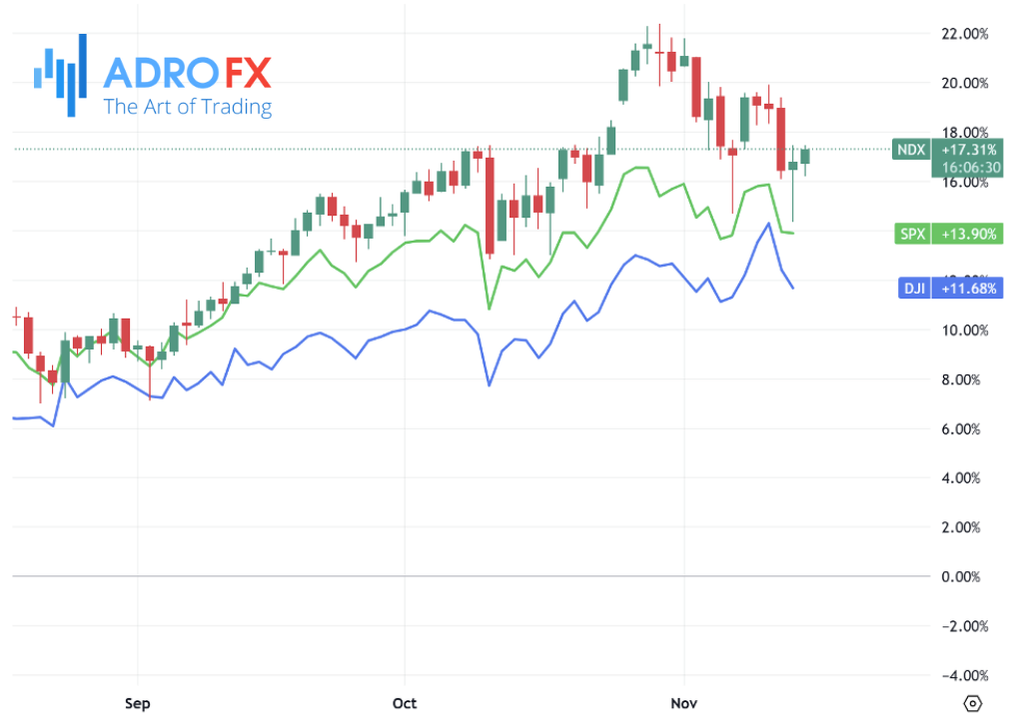
The shift in sentiment came as traders returned to big AI-related names after a brief pullback. Companies like NVIDIA, Oracle, and Palantir saw renewed buying interest, suggesting that the AI theme remains firmly intact despite ongoing volatility. Nvidia’s climb stood out in particular, as the chip giant heads into its upcoming earnings report — a moment many traders view as an informal read on the broader appetite for AI-driven hardware and infrastructure. With expectations running high, even modest strength from Nvidia could shape the tone of tech trading in the days ahead.
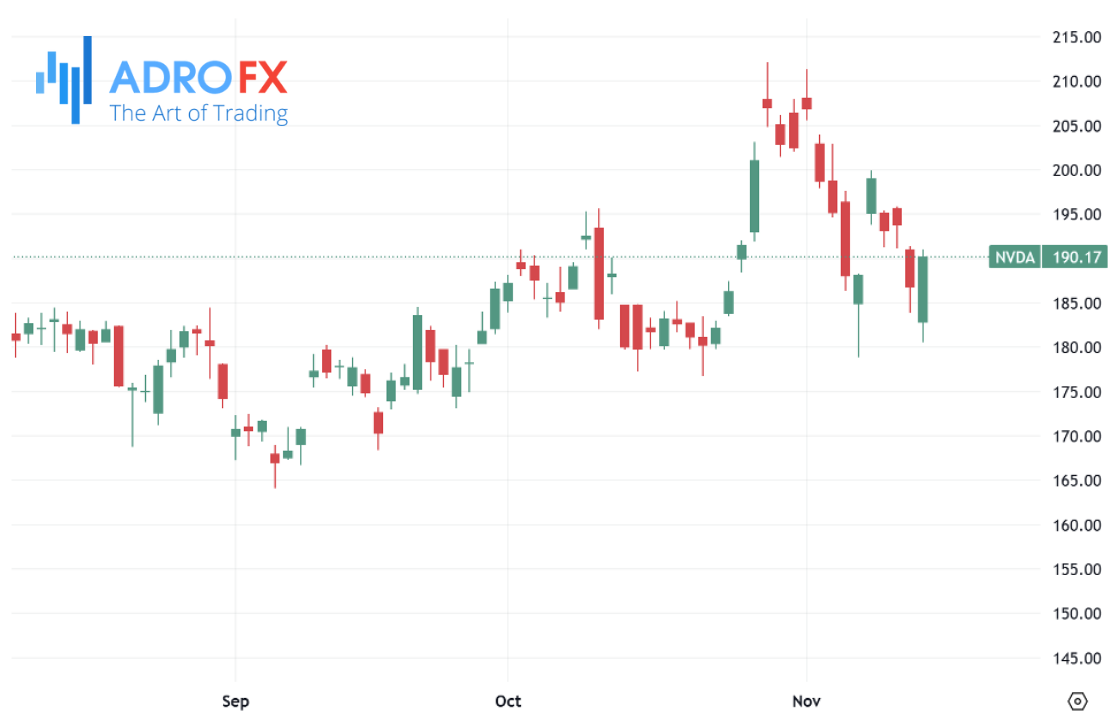
In currency markets, the Australian Dollar opened the week under pressure after a brief period of strength. The AUD/USD pair slipped as the U.S. Dollar regained momentum, reversing some of Friday’s moves. While the Aussie found support last week from strong domestic employment data — fueling expectations that the Reserve Bank of Australia would take a cautious, steady-hand approach — momentum failed to carry into Monday. Data from the ASX 30-Day Interbank Cash Rate Futures pointed to only a slim chance of a rate cut in the near term, reinforcing the view that the RBA remains in watchful mode. Deputy Governor Andrew Hauser reiterated this stance recently, noting that policy remained restrictive and that any shift away from it would have major implications for future decisions.
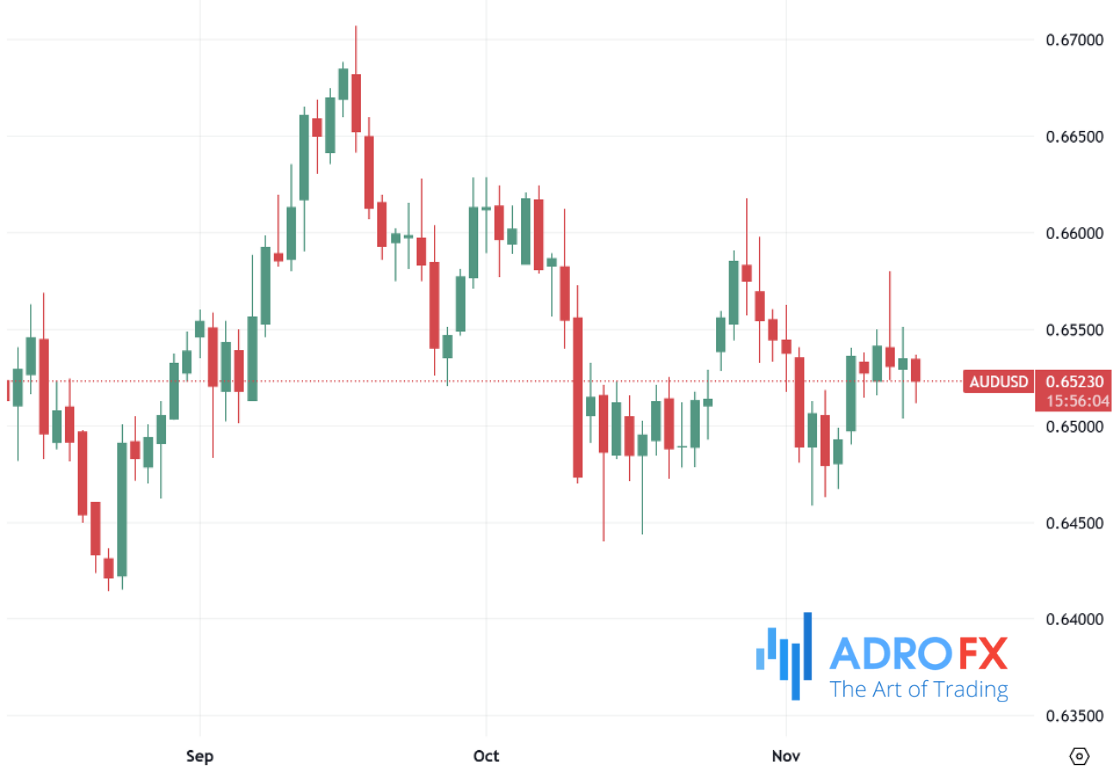
Gold prices also began the week on a weaker footing. The metal slipped after a brief uptick in Asian trading, struggling to hold above $4,100. This marks the third consecutive session of choppy, defensive behavior in the yellow metal as traders scaled back expectations of imminent Federal Reserve rate cuts. Several influential Fed officials have expressed little enthusiasm for easing monetary conditions, pushing the Dollar higher and keeping non-yielding assets like gold under pressure. Still, uncertainty surrounding the ongoing U.S. government shutdown — now the longest in history — continues to fuel speculation that the central bank may eventually be forced to reconsider and reintroduce easier policy. Gold remains supported above last week’s lows near $4,032, helped in part by softer overall risk sentiment.
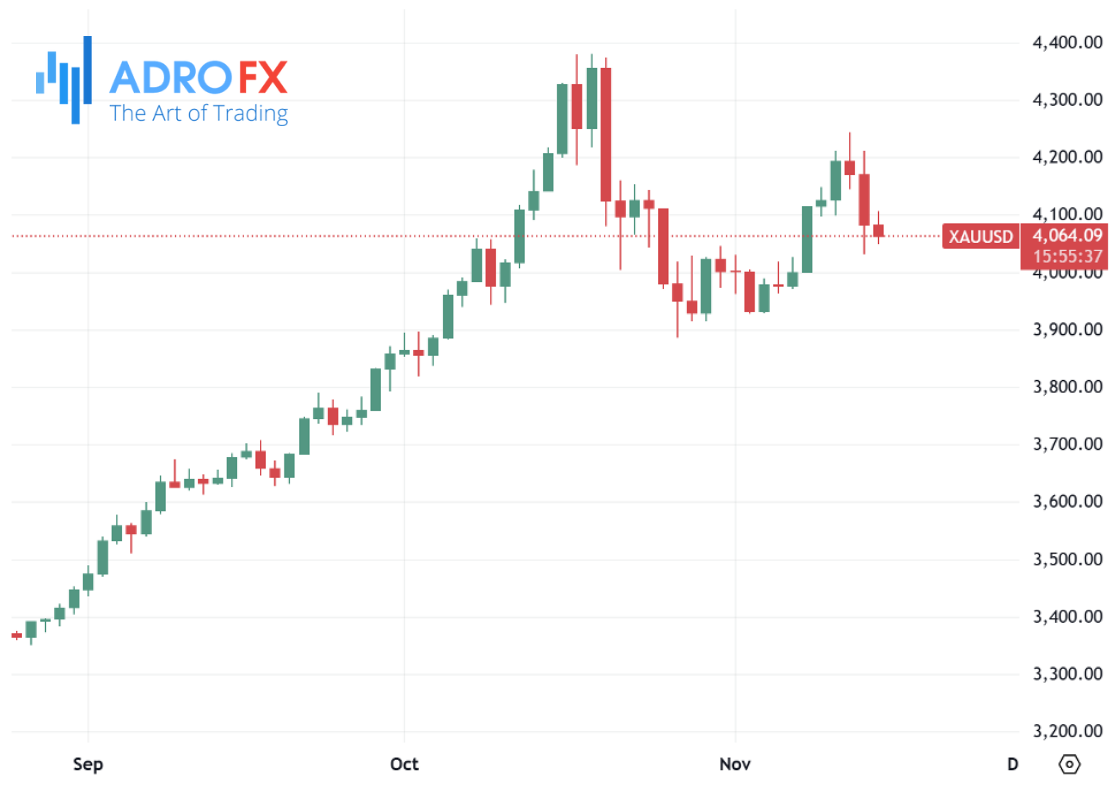
Fed officials have been sending increasingly cautious signals. Kansas City Fed President Jeffrey Schmid warned that inflation remains too high and emphasized that the central bank cannot afford complacency. While he acknowledged that policy is appropriately restrictive for now, he stressed the need to lean against strong demand. As a result, market pricing for a December rate cut has fallen sharply, with odds dropping below the halfway mark.
The Japanese Yen also started the week on the back foot. The USD/JPY pair hovered near levels not seen in nine months, supported by a firmer U.S. Dollar and new signs of economic strain in Japan. Government data showed that the Japanese economy contracted for the first time in six quarters, shrinking 0.4% in the July–September period. Though the figures were slightly better than forecasts, they underscored the economy's fragile state. They reinforced expectations that the Bank of Japan is in no position to consider tightening policy. Prime Minister Sanae Takaichi is pushing ahead with fiscal stimulus measures and advocating continued monetary support, both of which are dampening anticipation of any near-term rate hikes. Geopolitical tensions added another layer of complexity, as Tokyo and Beijing exchanged warnings after Takaichi's comments on Taiwan. While the situation lifted safe-haven demand for the Yen, it wasn’t enough to offset broader selling pressure, especially as Japanese authorities issued verbal interventions to prevent further currency depreciation.
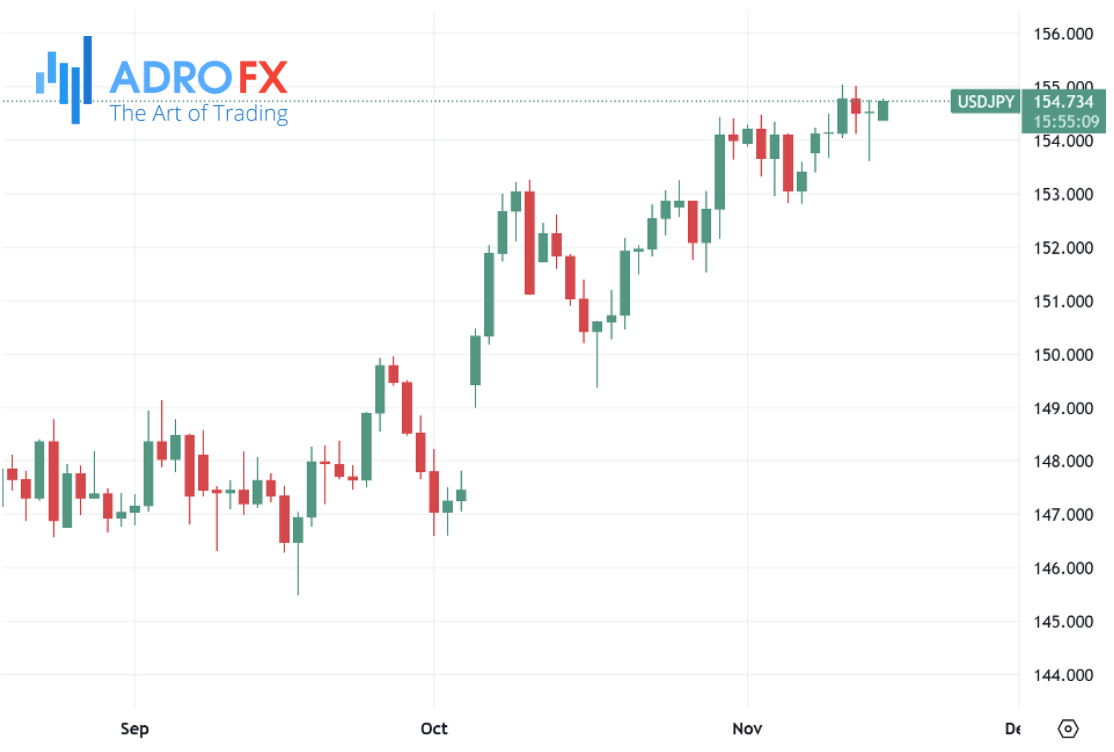
Across North America, the USD/CAD pair inched higher as the Canadian Dollar struggled against both broader USD strength and falling oil prices. After rallying more than 2% in the previous session, WTI crude retreated toward $59 per barrel amid fresh concerns about oversupply. Russia’s Novorossiysk port resumed oil loading after a drone-related shutdown, and the IEA warned that the global market could see a sizeable surplus next year as production rises across both OPEC and non-OPEC countries. With demand growth cooling, the CAD faces added headwinds. Traders broadly expect the Bank of Canada to keep interest rates steady well into 2026 unless economic conditions deteriorate more quickly than expected. The upcoming CPI report could influence market expectations if inflation shows meaningful movement.
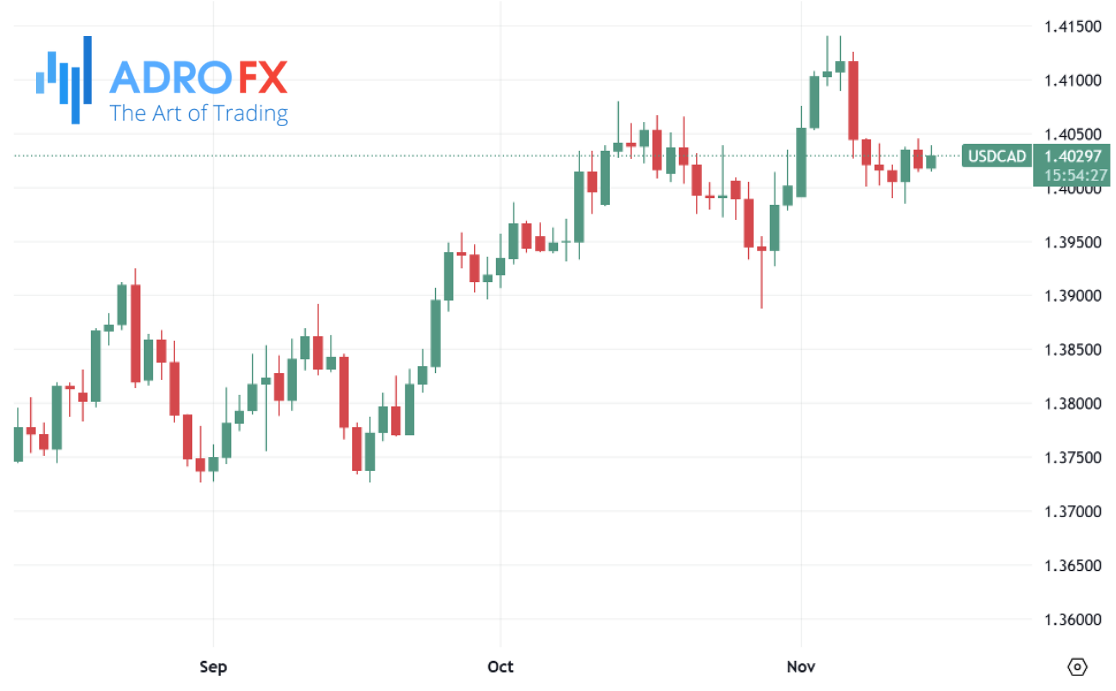
The British Pound entered the new week under pressure, with GBP/USD slipping toward 1.3155. Concerns about the UK’s fiscal outlook and a run of weaker-than-expected economic data weighed heavily on sentiment. Reports that Prime Minister Keir Starmer and Finance Minister Rachel Reeves dropped plans for income tax hikes ahead of the November 26 budget added political uncertainty. With wage growth cooling and GDP softening, traders have ramped up bets that the Bank of England may deliver a rate cut as early as December. Market pricing now assigns roughly an 80% chance of a 25-basis-point reduction.
The Euro didn’t fare much better. EUR/USD extended its decline, drifting around 1.1610. European Central Bank official Olli Rehn warned that downside inflation risks should not be dismissed, even as growth remains slow but resilient despite tariff-related disruptions. Rehn highlighted the need for strong bank buffers and a vigilant policy stance amid uneven economic momentum.
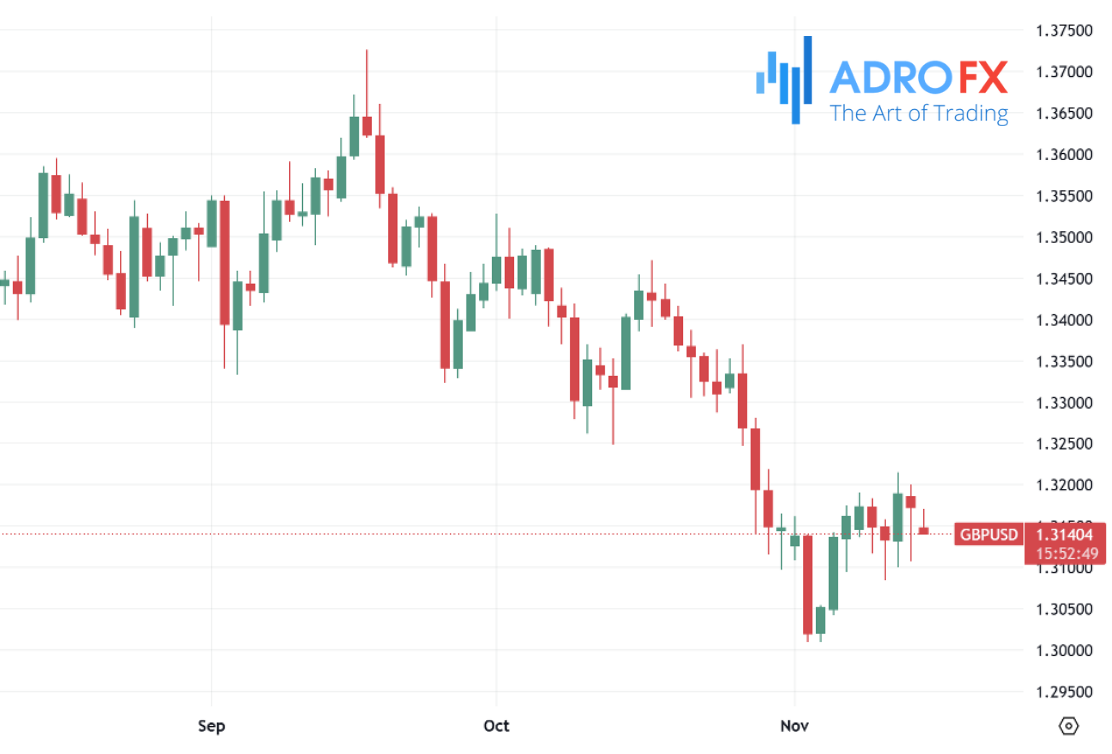
The New Zealand Dollar remained largely range-bound at the start of the week, trading near the 0.5670 level. While the pair sat just below recent highs, investor conviction remained mixed. Many traders believe upcoming U.S. data will reflect economic cooling triggered by the government shutdown, potentially nudging the Fed toward easing later. Still, amid fluctuating global risk sentiment, NZD/USD held to a narrow band as markets awaited fresh catalysts.
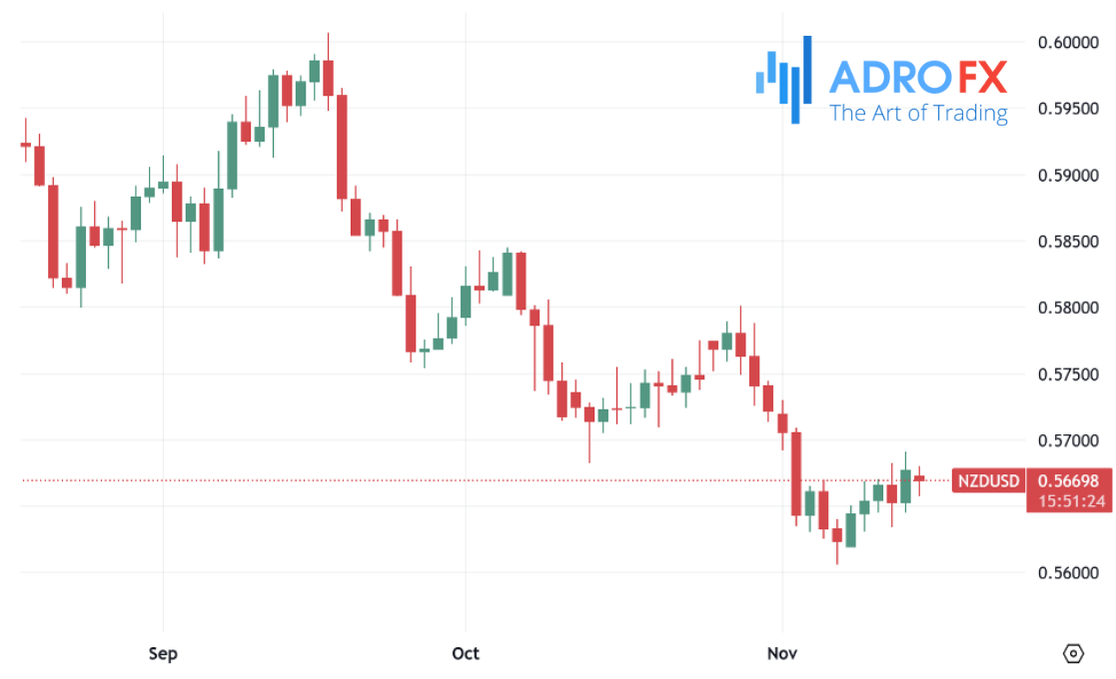
Many traders now expect upcoming U.S. data to reveal softer economic momentum, with the extended government shutdown increasingly seen as a drag on growth — fueling speculation that the Federal Reserve may eventually be pushed toward additional policy easing.









